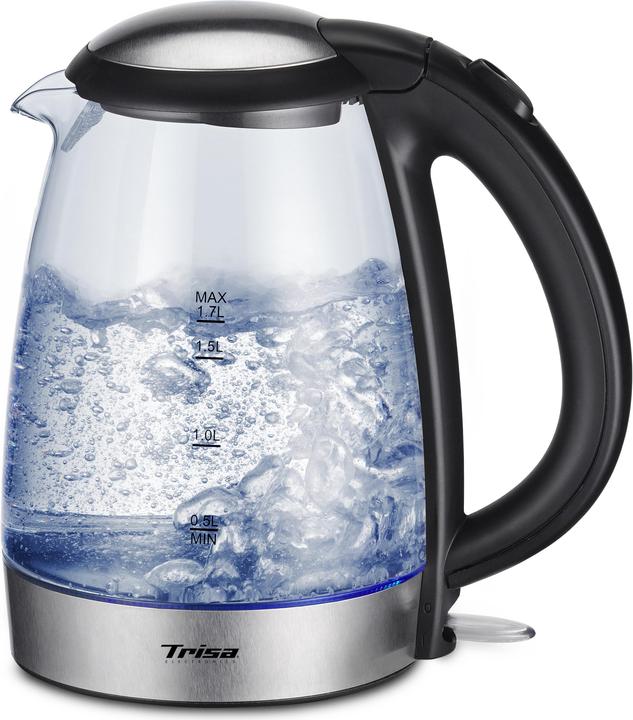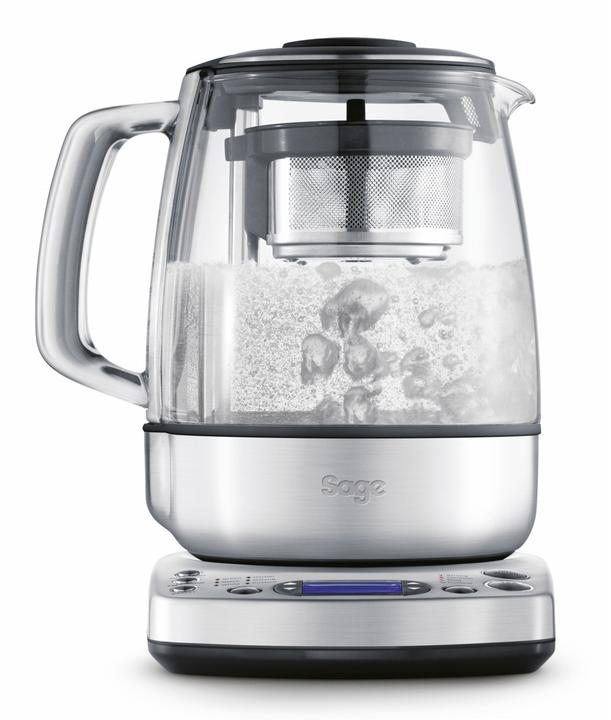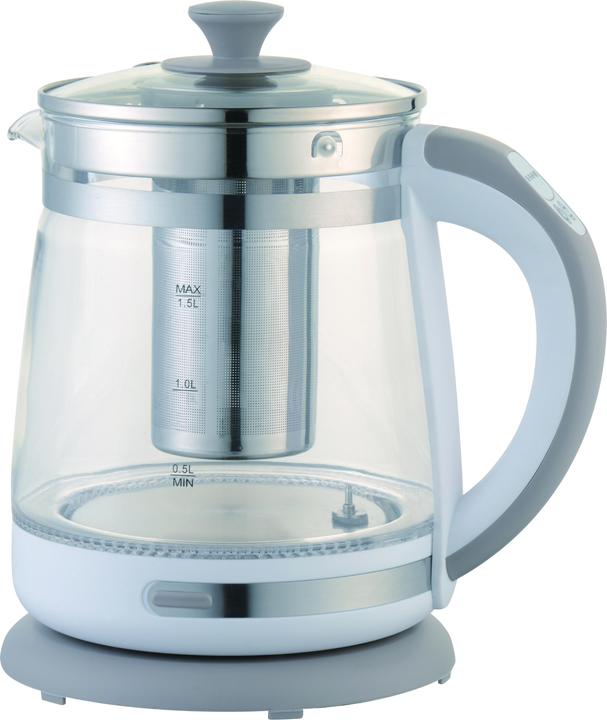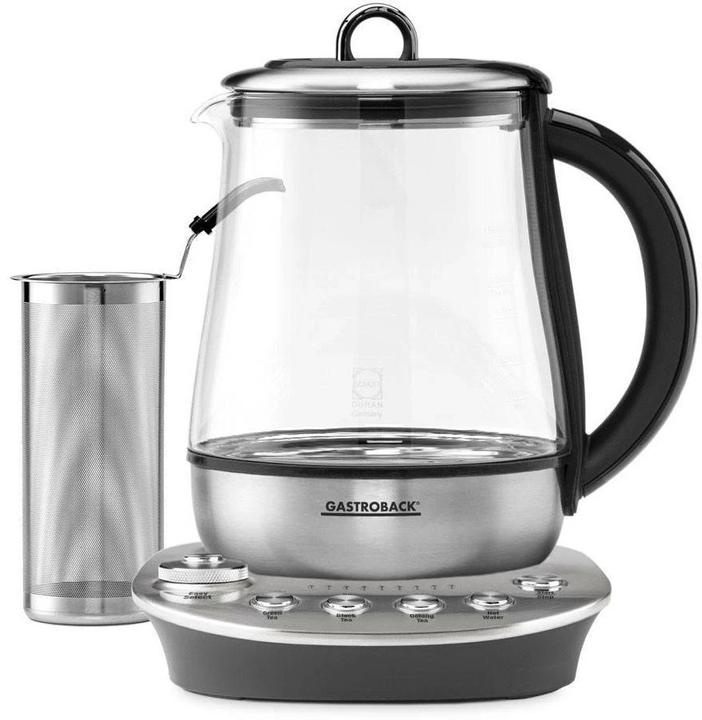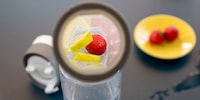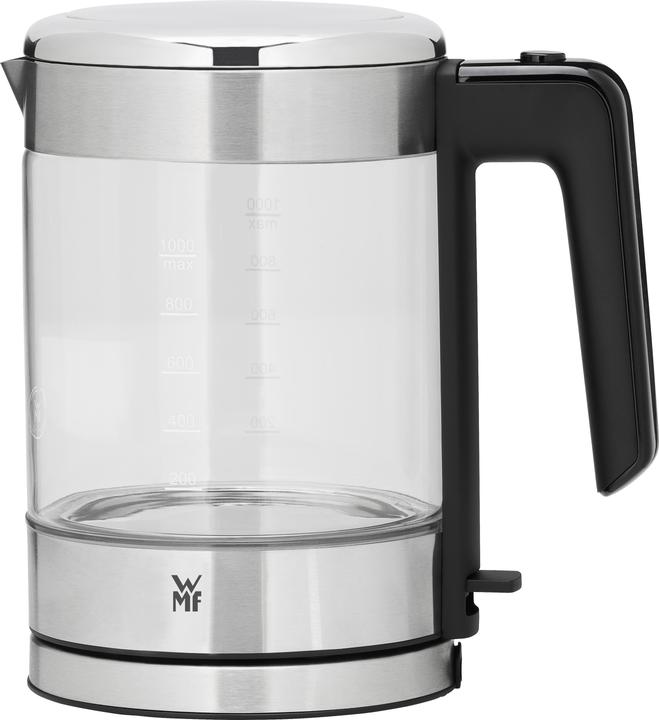
Kettle buying guide: how to find the best electric kettle
A kettle isn’t just a kettle – although all models do have one thing in common, namely that they boil water. Is it worth having an electric kettle? Read on to find out and discover the most important things to look out for when choosing your kettle.
First published on 31 December 2017
Why do you need a kettle?
Compared with saucepans, electric kettles are 50% more energy efficient, faster and handier. They boil water in a jiffy and save you a great deal of time. After all, while the kettle is boiling you’ve still got full use of the stove. One of the many advantages of an electric kettle over a saucepan is there’s no washing up afterwards. The only thing you need to do with a kettle is give it a quick descale from time to time. How often you have to do this depends on the hardness of the water in your area. If you live in a hard water area, we recommend filtering the water before you use it in your kettle. See all water filters here.
The most important things to bear in mind when buying a kettle
What it’s made of
Apart from the price, the biggest differentiator is the material used to make the kettle. Standard models are made of stainless steel or plastic. But you can also get glass, chrome and ceramic kettles.
Stainless steel kettles are usually resilient, well insulated and finished to a high standard. But you can also get some stainless steel models that get hot to the touch and so can be a burning hazard. Compared to their ceramic cousins, stainless steel kettles boil water faster, don’t leach any toxins into the water and isolate the sound of boiling water better. In fact, stainless steel kettles are fairly quiet. See all stainless steel kettles.
Plastic kettles are usually cheaper. But in the long run they don’t necessarily fare better given their average lifespan is under three years. They’re also pretty loud, as plastic is a poor sound insulator. Slightly pricier plastic kettles often feature double wall insulation and let very little heat escape. See all plastic kettles.
Glass kettles are one of the best-looking varieties you can find. They have the advantage of not adding any taste to the water, and they also last longer than models made of other materials. On the other hand, limescale deposits will show up quicker on glass if you’re not washing and descaling the kettle all the time. On top of that, the outer glass walls usually get extremely hot, which is why you need to take care when using this kind of appliance. See all glass kettles [product: 9908203, 10596435,10259331]].
Temperature options
Most of the time, you’re unlikely to need your water to be an exact temperature – you just want it to be piping hot. But in actual fact, depending on the type of cuppa you’re making, getting the temperature right is important. That’s because tea develops different aromas when you pour water over it. Here’s a small selection of teas to give you a taste for the temperatures they need:
- Green tea: water 70–85°C, steeping time 3 minutes
- Black tea: water 90–95°C, steeping time 3–5 minutes
- Olong tea: water 75–85°C, steeping time 1–4.5 minutes
- Yellow tea: water 70–85°C, steeping time 3 minutes
- Herb tea: water 95°C, steeping time 5–8 minutes
- White tea: water 70°C, steeping time 3–4 minutes
- Fruit tea: water 95°C, steeping time 6 –8 minutes
If you drink tea non-stop and this is mainly what you use your kettle for, we’d recommend a model that lets you set the temperature.
You’ll also want a temperature-setting feature if you’re going to be preparing baby food (be it purée or formula). In this case, you’ll want to be able to set it at about 40°C. Some models even let you heat the water to exactly 40°C. With this type of kettle, you’re saved from waiting around for the water to cool to the right temperature or filling up Thermos flasks. See all variable temperature kettles.
Keep-warm feature
If you use your kettle a lot or have it on the go pretty much constantly, it’s worth opting for an appliance with a keep-warm feature. These mimic constant boiling so you save energy and end up with a hot brew.
See all kettles with a keep-warm feature.
Spout
Large spouts make it much easier to keep your kettle clean. But it depends how you intend to do that. If you’re always going to use descaler to get rid of those chalky white marks, it’s OK to buy a kettle with a small spout. But if you want to alternate between descaler and giving it a quick going over with washing-up liquid and a sponge, you’re better off with a kettle with a larger spout.
Heating element
The heating element is the bit inside the kettle that makes the water boil. In some kettles, you can clearly see the heating element on the base, while in others the element is covered. This kind of covering doesn’t just make it easier for you to clean the appliance, it also reduces the amount of limescale deposits.
See all kettles with a covered heating element.
Capacity
The size of kettle you need depends on what you’ll be using the appliance for and how many people in your home are likely to be sharing it. Kettles range from 0.5–8 litres.
Measuring scale
A scale on the kettle helps you measure out the water so you don’t need a measuring jug. Readings are usually in litres but there are some models where you can measure in decilitres or even by the number of cups. If right-handed and left-handed people are going to be using the kettle, it’s best to choose one with a measuring scale on both sides. That makes it easier when it comes to filling it up.
Combi appliances
If you love a cuppa but don’t have a brew on the go all the time, you’ll want to check out these combi appliances. That means you can use the kettle to make tea (or coffee if that’s your thing).
Kettle tips: how to best use and pick a kettle
- If you don’t have any specific preferences or requirements, a safe option is always a 1.7 litre, 2000–2400 watt kettle.
- If both left- and right-handed people are using the kettle, make sure the measuring scale is on, or at least visible, on both sides. That makes it easier to fill with water.
- Only pour in as much water as you’re going to use. This helps reduce the amount of energy needed to heat the water and it also means the water will come to the boil quicker.
- Clean the appliance now and then with descaler so you’re always getting the most out of the kettle. Limescale deposits can stop kettles working to their maximum and they can even damage the heating element. A device with a large spout and covered heating element will make cleaning the kettle easier. Another way to reduce limescale is to use filtered water in your kettle.
- To prevent burning, don’t overboil the kettle when it’s filled to the maximum and keep it stable on its base.
Friends, family, cats and good wine are my lifeblood.
Practical solutions for everyday problems with technology, household hacks and much more.
Show all